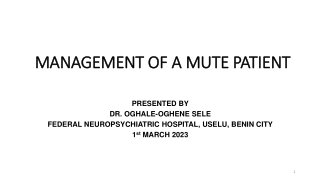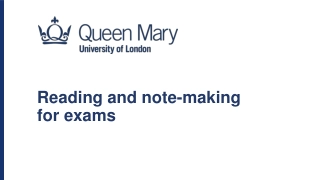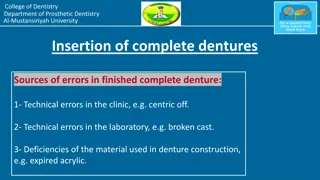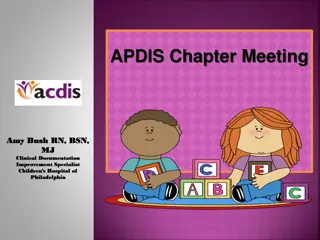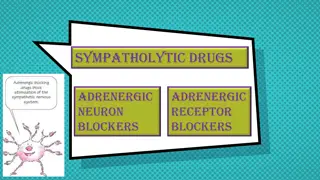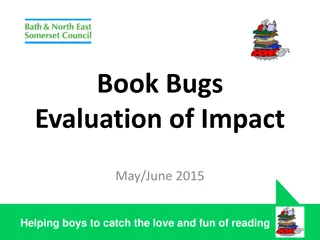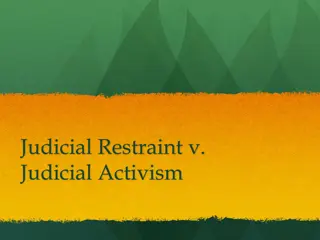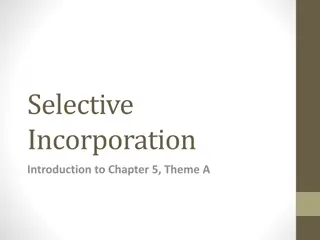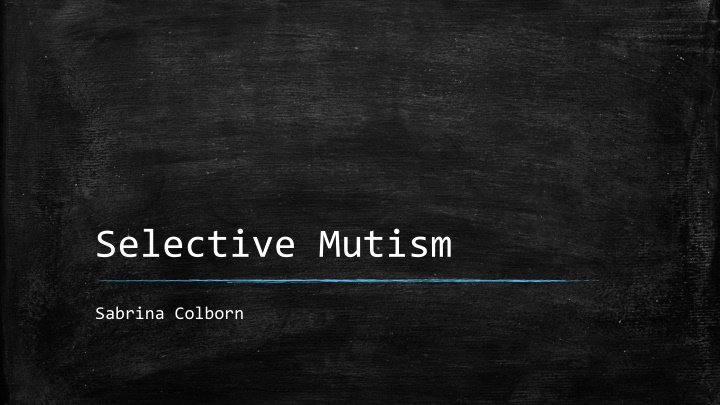
Selective Mutism in Children and Effective Communication Strategies
Learn about Selective Mutism (SM), its association with social phobia and anxiety, common signs in children, causes of misdiagnoses, potential impacts if not diagnosed, and communication strategies for teachers. Discover tools and techniques to support children with SM in the classroom setting.
Download Presentation

Please find below an Image/Link to download the presentation.
The content on the website is provided AS IS for your information and personal use only. It may not be sold, licensed, or shared on other websites without obtaining consent from the author. If you encounter any issues during the download, it is possible that the publisher has removed the file from their server.
You are allowed to download the files provided on this website for personal or commercial use, subject to the condition that they are used lawfully. All files are the property of their respective owners.
The content on the website is provided AS IS for your information and personal use only. It may not be sold, licensed, or shared on other websites without obtaining consent from the author.
E N D
Presentation Transcript
Selective Mutism Sabrina Colborn
What is Selective Mutism (SM)? Associated with Social Phobia and Social Anxiety What does it look like? The child will not communicate in different situations. Most children will speak to close family members but not to teachers or peers.
What is Selective Mutism (SM)? Noticing failure to speech is longer than 1 month, not including the first month of starting school Prevalent: Females than males and children between 3-6 years old.
Signs of Children with Selective Mutism Related to those with anxiety Amplified separation anxiety, especially away from their parents Shy behaviors Slow-to warm temperament
Causes of Misdiagnoses Because the child speaks at home and parents might say they are just shy. Second language learners are missed diagnosed because they go through a silent period.
If not diagnosed will cause Selective Mutism and other anxiety will become worse over time. It may affect academic and social development. About 32% will perform below grade level. (Cunningham, McHolm, Boyle, & Patel. (2004) Eventually it will become a part of the child s identity. Developmental delays of speech and language.
Communication Strategies for You as the Teachers Avoid closed yes/ no questions Calling on the child rather than waiting for them to volunteer Providing wait time (3-5 seconds) for response Creating small group class activities with verbal responding Try to avoid non-verbal responses (head nodding, pointing or writing instead of speaking) * Do not create excessive anxiety by pressuring or forcing a child to speak
Implementations for the Classroom Contingency management (positively reinforce all signs of verbal behavior while ignoring nonverbal behavior) Token economy Shaping- gradually leading an individual towards a desired behavior Successive approximation- systematic progression toward a goal
Other Implementations Stimulus fading- the gradual removal of discriminative stimuli
Other fact to be aware of Children with Selective Mutism might become victimized because of their shyness Children will be able to perform academically normal and function just like their peers.
Ways to Help Parent/Caregiver Suggest caregivers to make a visit to school before the child enters for the upcoming school year. That way the child will have a chance to meet with the teacher and be familiar with the new setting Suggest books from the guidebook that they may read to their child a well.
References Busse, R. T., & Downey, J. (2011). Selective Mutism: A three- tiered approach to prevention and intervention. Contemporary School Psychology: Formerly The California School Psychologist , 15(1), 53-63. Cunningham, C. E., McHolm, A., Boyle, M. H., & Patel, S. (2004). Behavioral and emotional adjustment, family functioning, academic performance, and social relatioships in children with selective mutism. Journal of Child Psychology and Psychiatry, 45(8), 1363-1372. Steinhausen, H. C., Wachter, M., Laimb ck, K., & Metzke, C. W. (2006). A long term outcome study of selective mutism in childhood. Journal of Child Psychology and Psychiatry, 47(7), 751-756. Viana, A. G., Beidel, D. C., & Rabian, B. (2009). Selective mutism: a review and integration of the last 15 years. Clinical Psychology Review, 29(1), 57-67.

